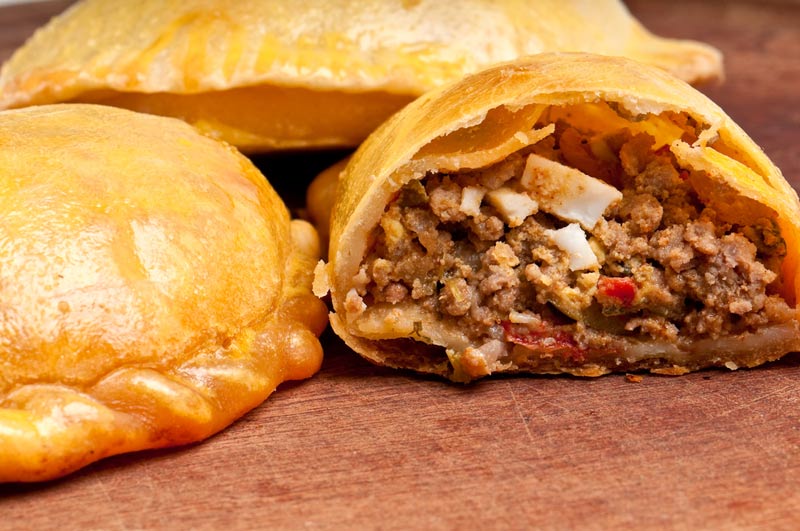Humans Still Eating Humans

The recent arrest of three people in Brazil suspected of making empanadas out of human flesh (and then selling them) reminds us that though human cannibalism is rare in the modern world, it still persists.
Brazil, in particular, has been linked to cannibalism in recent years. The Lancet journal reported in 1994 “that eating human remains” was common among 250 people who lived in an Olinda slum. “Poverty and a lack of compliance with laws” were blamed, since the starving individuals were eating human body parts that they found in the Brazilian city’s garbage dump.
NEWS: What the Donner Party Ate In The Final Days
“Cannibalism is an ethologic behavior widespread among human primates and non-human primates,” Isabel Cáceres, a paleoecologist at the Universitat Rovira i Virgili, told Discovery News. Cáceres has studied the phenomenon -- going back up to 780,000 years ago in our ancestors.
"Probably, the practice of cannibalism in the genus Homo appears due to lack of resources and competition for territory in critical moments," she added.
The recent case was apparently a cruel twist on that strategy. The suspects confessed to murdering at least two women, eating parts of their bodies, and using the rest to make meat pies sold in the town of Garanhuns near Sao Paulo.
One quote from one of the suspects also points to other factors. Fifty-one-year old Jorge Beltrao Negroponte told SBT Television, “I did certain things for purification, to protect people and deliver them to God.”
Sign up for the Live Science daily newsletter now
Get the world’s most fascinating discoveries delivered straight to your inbox.
“Up until the late 18th century, the human body was a widely accepted therapeutic agent," said Richard Sugg, a member of the Centre for Seventeenth-Century Studies at Durham University. "The most popular treatments involved flesh, bone, or blood, along with a variety of moss sometimes found on human skills.”
In a paper for the Lancet, Sugg shared how a Franciscan monk in the 17th century made marmalade out of human blood, and even wrote a recipe for it. The instructions, in part, read: “stir it to a batter with a knife…pound it…through a sieve of finest silk.”
Sugg also mentioned how the word “mummy” in early-modern texts frequently refers to flesh from mummified human bodies, which were “applied topically or mixed into drinks,” since “this was a common remedy for bruising in the period.” The French King Francis (1494-1547) even carried mummified human flesh “in his purse,” according to Sugg, as a sort of good luck charm.
Opponents of this so-called “corpse medicine” began to emerge in the 16th century. By the late 18th century, hostility toward it became widespread and effective. The folklore about it, however, may persist in certain cultures, and not just due to health reasons.
NEWS: Settlement Site Hints At Mass Cannibalism
“Thinking like past humans, without our present day tabu and social behavior that does not allow us to eat other humans and see this as a disgusting action, cannibalism could be observed as a clever strategy,” Yolanda Fernandez-Jalvo, a paleobiologist at the Museo National de Ciencia Naturales, told Discovery News. She studied cannibalism that occurred some 12,000 years ago at a site called Gough’s Cave in what is now Somerset, England.
“Think that if a member of your group dies (of natural causes), the body can give one day off from hunting, which was always dangerous at the time,” she added. And it could prove to be a “good solution” for disposing of the body “that may attract other dangerous carnivores that may attack the group.”
Modern science, however, suggests that humans are far from being good eats for our own species. Diseases can spread more readily, with some being particularly gruesome. Prion diseases, for example, are thought to have inflicted prehistoric cannibals. These illnesses are sometimes referred to as “spongiform encephalopathies” because they often cause the brain to become riddled with sponge-like holes.
At the very least, red meat consumption is associated with an increased risk of total, cardiovascular and cancer mortality. A study published just a few weeks ago in the Archives of Internal Medicine found that one daily serving of unprocessed red meat was associated with a 13 percent increased risk of death.
This article was provided by Discovery News.









